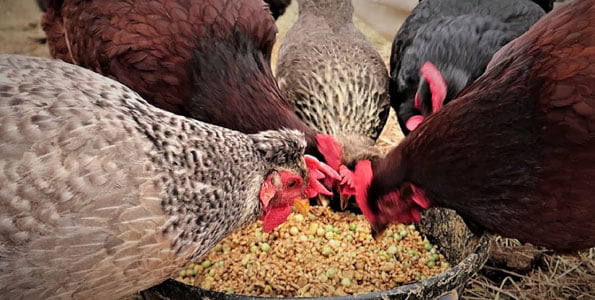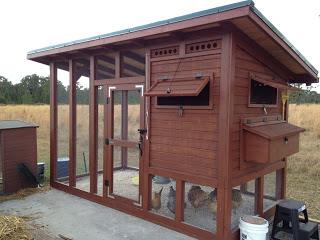Laying hens, these are hens whose genetics allow them to lay many eggs during the time they are raised.
There are many types of laying hens, here I will mention some.
Hy-line, Isa brown, Bavon brown, Lohman brown, Rhode Island n.k
There are several things to consider for laying hens.
AREA
The number of chickens per square meter is 7-8 chickens, which is the most recommended professionally for growth and circulation.
Food and water containers
Belly drinker 1 nail 60-80
Chicken /feeder drinker large 20 liters 50-60 chickens
Chicken drinker/feeder small 10 liters 20-25 chickens
This allows the chicken to get enough water.

NB: A chicken should drink more than twice the amount of water it eats because more than 75% of an egg is water. If you reduce the water, they will reduce their laying.
NOTE
Chickens should be fed on a regular schedule. Do not change the schedule. It will stress them out and they will not be able to lay eggs.
For example, if you feed them at 6 AM and 4 PM, make sure you feed them at those times every day.
Chickens should be fed on a gram basis to prevent fat gain or using too much feed to produce one egg. Typically, one laying hen should give you 6-7 eggs per 1 kg of feed (Hyline)

Example: 100 chickens, week 20, should eat 120 grams per chicken.
Take 120×100=12000grams
12000/1000=12 kg.
So that week the chickens will eat 12 kilograms of food per day.
Chickens go through stage 3
Brooding as chicks for up to 4 weeks,
Growing 5 -17 weeks and Production after starting to lay eggs
These periods differ in terms of observation and the nesting period depends on these periods (Brooding or raising chicks and Growing).
Brooding focuses on
Food, Temperature, Fresh Air, Light, Sitting Space is recommended at 40 chicks per 1m2 (40-60 chicks per 1 square meter)
Growing
Pay attention to food, light, space and fresh air because this is where the chicken grows and prepares the entire egg system.
FOOD
Starter for week 1- 6/8
Grower 7/8-17 or when they start laying
Layers mash after egg collection and continue, this starts. Often at 18-20 weeks, most chickens start laying.
When the chickens start laying, it’s best to give them 16 hours of light, as the light lesson suggests, meaning 12 hours of light during the day, you know, then in the evening you turn on the lights and turn them off at 4 pm.
Vaccination schedules

Day 7 and 21 Newcastle (wet or drip) (LASOTA)
Day 14 and 28 gumboro (of water)
Day 30 (of the wing)
Repeat Newcastle vaccination every 3 months
Give them deworming medication every three months. e.g. Piperazine, Levifarm, Fenbendazole, (Seek a veterinarian)
ADVICE
Sell eggs and save for importing more chickens. We recommend importing chickens of different ages. This will help you grow the project and also enable your customers to receive services at all times.
Keep a record of all the expenses you have incurred.
Water vaccines should only be given for two hours, then change the water and give them other water (it can contain vitamins or plain water), but give them water 2 hours before giving them the vaccine and give them food to quench their thirst, (it is recommended to vaccinate in the morning or evening)
Carefully monitor the number of deaths, so you know how many chickens are left to measure production (if you are not careful, you will be robbed)
Avoid using medications without consulting a veterinarian. Some medications temporarily reduce or stop egg laying, including those containing sulfur such as Esb 3, etc.
Make sure the bedding is not dirty, to avoid coccidiosis and foot injuries from ammonia burns in the bedding.
Conduct project evaluations regularly, at least monthly.
Try your best to find market information in your region and other regions, market ups and downs so that you can sell at current prices (Don’t be left behind)
Poultry workers should get all the basic services they need, don’t put GEP between them and their families, they will love the job and production will be good and they won’t steal (Improve their interests)
Pay close attention to the laws of Biosafety, BIOSECURITY to reduce cases of disease
For those who raise in cages.
This is a good and easy system for chickens
Clean eggs
do not crack.
Fewer workers.
Diseases are reduced.
Food is not wasted as much.
It is recommended that chickens be placed in cages when they reach 12-14 weeks of age, to acclimate to the environment so that they do not experience stress.
Doctors, experts and experienced breeders can also provide advice so that we can achieve our goals
………………………………………………………………………….





